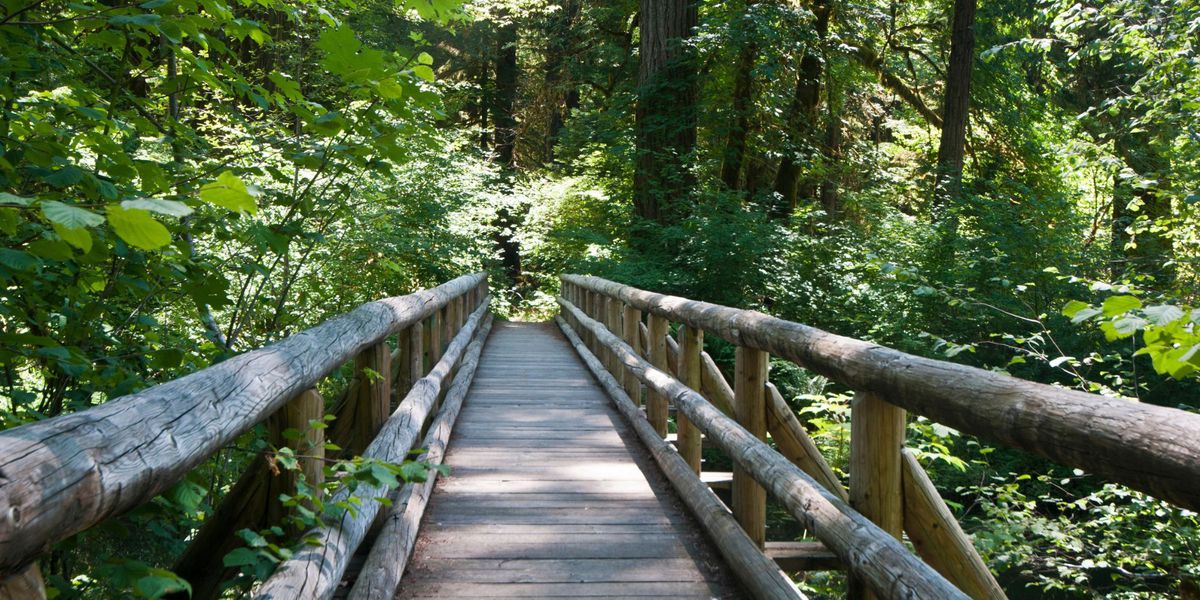In November 2023, Ooligan Press will welcome the release of the nonfiction title Tribal Histories of the Willamette Valley by Oregon Indigenous historian David G. Lewis. Taking on the role of project manager for this book has made me realize just how little I knew about this land and the Native peoples who call it home.
Born and raised in Central Washington, hints of the history of the Pacific Northwest and the Indigenous peoples of this area were sprinkled throughout my day-to-day life. My hometown was named after Chief Moses. My family and I enjoyed attending powwows, admiring the different dances and types of regalia worn by participants. On trips we would pass roadside signs marking the boundaries of the reservations spread across Washington, Oregon, and Idaho.
Although schools in my hometown often appropriated Native imagery and terminology, in my experience there was little instruction about the history of the mid-Columbia Tribes. I knew generally that Native peoples were forcefully removed from their lands; that the goal of the US at the time was the annihilation of Native peoples and their cultures through violence and assimilation. My involvement in this book project gives me the opportunity to dive deep into this history and face the details of how settlers and our government have treated tribes in the Willamette Valley and surrounding area during the last century and a half.
Reading about the numerous treaties negotiated with but never ratified by Congress, I am frustrated. Learning about the Grand Ronde Trail of Tears, the forced exodus of people from their ancestral lands, I am saddened and enraged.
At the same time, Lewis paints a picture of the time before colonization, over ten thousand years of culture and traditions such as the oral histories of the Missoula floods, the practice of the seasonal round, and the purposeful burning of the Willamette Valley floor to nourish the area. In showing what life was once like for the tribes, this book creates a newfound appreciation in me for the generations of people who lived on the land that now I call home too.
Tribal Histories of the Willamette Valley also depicts the pushback from Native peoples in being forced onto reservations, highlighting several individuals, such as Eliza Young and Chief Yelkus, who were determined to build lives for themselves off the reservations. In such profiles I see the resiliency and adaptability of Native peoples.
I wish I’d had a book like this at some point during my education. I wish I’d learned about the cultures that influenced the naming of so many places throughout my home state. I wish I’d learned of what was taken and what was lost when the iconic Conestoga wagons rolled into the Pacific Northwest.
In taking on the responsibilities of project manager, I look forward to bringing these histories to audiences who, like me, had serious gaps in their knowledge about Oregon’s history. I am also honored to help amplify the voices and stories of Indigenous peoples. Tribal Histories of the Willamette Valley will be an excellent resource for not only the everyday reader looking to educate themselves, but also in classrooms taking the very necessary time and space to learn about the peoples whose lands we now live on.

